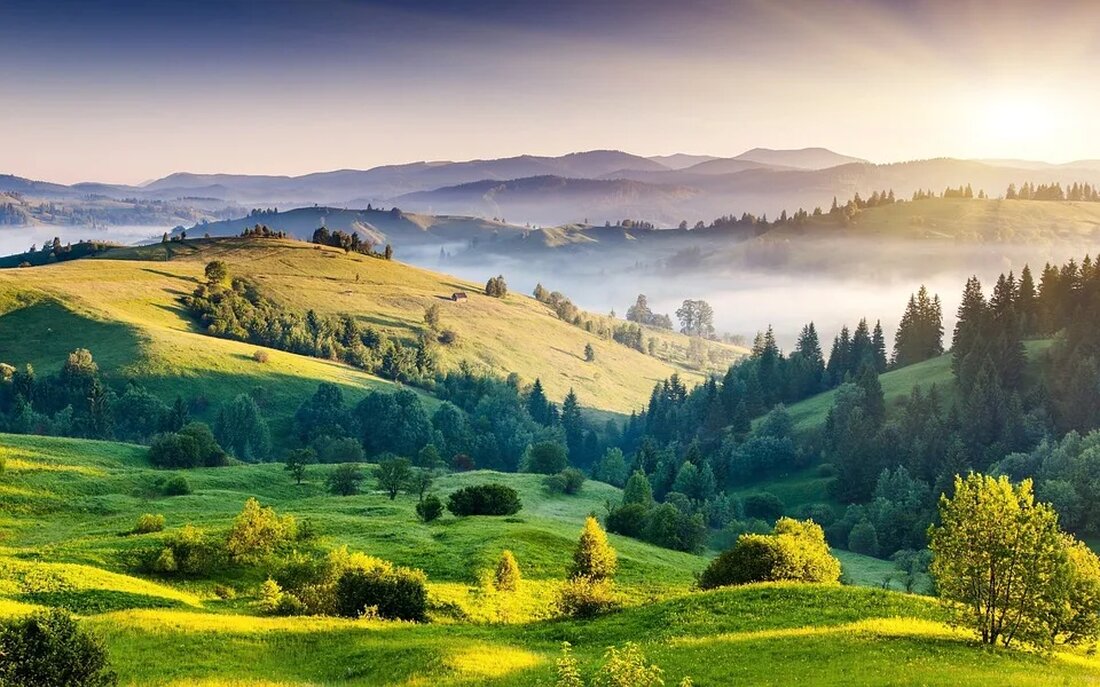Green roofs: advantages and implementation
Green roofs, also known as roof gardens or green roofs, are building roofs that are covered with greenery and plant growth. They represent an innovative solution in urban spaces to achieve both environmental protection and the enhancement of the cityscape. The popularity of these roofs has increased significantly worldwide in recent years, particularly due to their numerous environmental, economic and social benefits. In this article, we will take a closer look at the benefits of green roofs and also show how such a project can be implemented. Advantages of green roofs Environmental benefits Improvement of air quality Green roofs actively contribute to improving air quality. …

Green roofs: advantages and implementation
Green roofs, also known as roof gardens or green roofs, are building roofs that are covered with greenery and plant growth. They represent an innovative solution in urban spaces to achieve both environmental protection and the enhancement of the cityscape. The popularity of these roofs has increased significantly worldwide in recent years, particularly due to their numerous environmental, economic and social benefits.
In this article, we will take a closer look at the benefits of green roofs and also show how such a project can be implemented.
Benefits of green roofs
Ecological benefits
Improving air quality
Green roofs actively contribute to improving air quality. The plants growing on them bind pollutants and fine dust particles from the air and produce fresh oxygen through photosynthesis. They therefore contribute to a healthier and more pleasant urban environment.
Promoting biodiversity
Green roofs create new living spaces and thus promote biological diversity in urban areas. They serve as refuges for numerous animal and plant species that have often lost their habitat as a result of urbanization.
Stormwater management
Heavy rain, particularly in urban areas, can often cause drainage systems to become overwhelmed. Green roofs can store some of the rainwater, which helps reduce the burden on the sewer system. This reduces the risk of flooding and conserves natural water resources.
Economic advantages
Energy saving
Green roofs act as an additional layer of insulation for buildings. You therefore reduce the need for heating in winter and cooling in summer, which can be both economically and ecologically beneficial.
Extending roof life
The plant layer acts as a protective shield against the elements, extending the life of the roof and leading to long-term savings in maintenance costs.
Increase in the value of real estate
Buildings with green roofs are not only more aesthetically pleasing, but also provide benefits in the form of increased energy efficiency and environmental friendliness. This can help increase property value.
Social benefits
Improving the quality of life
Green roofs offer space for relaxation and serve as green oases in the middle of concrete deserts. They therefore contribute to increasing the quality of life in urban areas.
Noise reduction
The plants and substrate on green roofs have sound-absorbing properties, which helps reduce noise in urban areas.
Implementation of green roofs
The implementation of green roofs requires planning skills and specialist knowledge so that both the structural requirements of the building and the specific requirements of the plants are met. It is recommended to consult a specialist to ensure optimal and sustainable implementation.
Planning phase
The planning phase involves a series of steps:
Assessment of the building structure
Not all buildings are suitable for green roofs. A static assessment of the building should therefore be carried out in advance to ensure that the roof can bear the additional load.
Selection of plants
The choice of plants depends on various factors, such as the local climate, the roof orientation and slope, and the planned maintenance and use of the roof. As a rule, undemanding and robust plants are best suited for roof gardens.
Planning drainage and irrigation
Since water cannot drain away naturally, careful planning of drainage systems is important. Additionally, depending on the plant selection, additional watering may be required.
Implementation phase
After careful planning, the roof is greened in several steps:
Roof waterproofing
First, the roof must be made absolutely waterproof to avoid moisture penetration and possible damage to the building structure.
Installation of the drainage layer
The drainage layer serves to drain away excess water and prevent waterlogging.
Applying the vegetation layer
The plants are planted in the vegetation layer, which consists of a special substrate. Their thickness may vary depending on plant selection.
Planting and care
After the plants have been installed, regular care and maintenance is necessary to maintain the lush greenery and diversity of the roof.
Conclusion
Green roofs are an innovative and sustainable solution to both reduce the environmental impact of urbanization and improve the quality of life in cities. However, the planning and implementation of a green roof requires careful preparation and specialist knowledge so that the positive effects can be fully realized. Both against the background of global climate change and in the context of growing urbanization, green roofs are an investment in the future of our cities.

 Suche
Suche
 Mein Konto
Mein Konto
